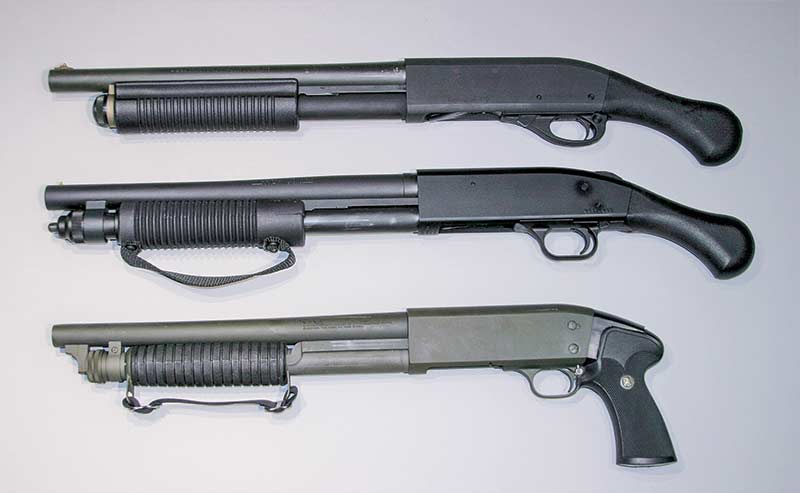Polearms, characterized by their long handles and bladed or blunt heads, have been used as weapons for centuries. From ancient spears to medieval halberds, these versatile implements have played significant roles in warfare, hunting, and self-defense. Let’s delve into the rich history, diverse types, and cultural significance of polearms.
A Brief History
The earliest polearms were likely made of wood or bone with a sharpened tip. These primitive weapons were used for hunting and warfare in ancient civilizations. As metallurgy developed, polearms were crafted from metals like copper, bronze, and iron, becoming more durable and effective.
During the Middle Ages, polearms were a common sight on battlefields. Knights and infantrymen carried a variety of polearms, including spears, pikes, halberds, and voulges. These weapons were particularly effective in close-quarters combat and for breaking formations.
Types of Polearms
Polearms come in a wide range of shapes, sizes, and styles, each with its own unique characteristics and intended use. Some of the most common types of polearms include:
- Spear: A long, pointed weapon with a shaft and a spearhead. Spears were used for thrusting and throwing.
- Pike: A long, heavy spear with a square or diamond-shaped head, often used in formations.
- Halberd: A polearm with a long shaft and a combined axe and pike head.
- Voulge: A polearm with a long shaft and a curved blade.
- Billhook: A polearm with a curved blade and a hook-like end, often used for agricultural purposes.
- Gauntlet mace: A polearm with a heavy, spiked head attached to a long handle.
Cultural Significance
Polearms have played significant roles in various cultures throughout history. In ancient Greece and Rome, spears were a common weapon used by soldiers and citizens alike. In medieval Europe, knights and infantrymen carried polearms into battle.
In some cultures, polearms were associated with specific deities or mythological figures. For example, the Greek god Poseidon was often depicted wielding a trident, a three-pronged spear.
Modern-Day Applications
While polearms are no longer used as primary weapons in modern warfare, they remain popular for historical reenactments, martial arts training, and collecting. Some modern-day polearms are designed for self-defense or as decorative pieces.
In conclusion, polearms have been an integral part of human history for millennia. Their versatility, power, and cultural significance have made them enduring symbols of strength and skill. From the ancient spears to the medieval halberds, polearms continue to captivate and inspire people around the world.



